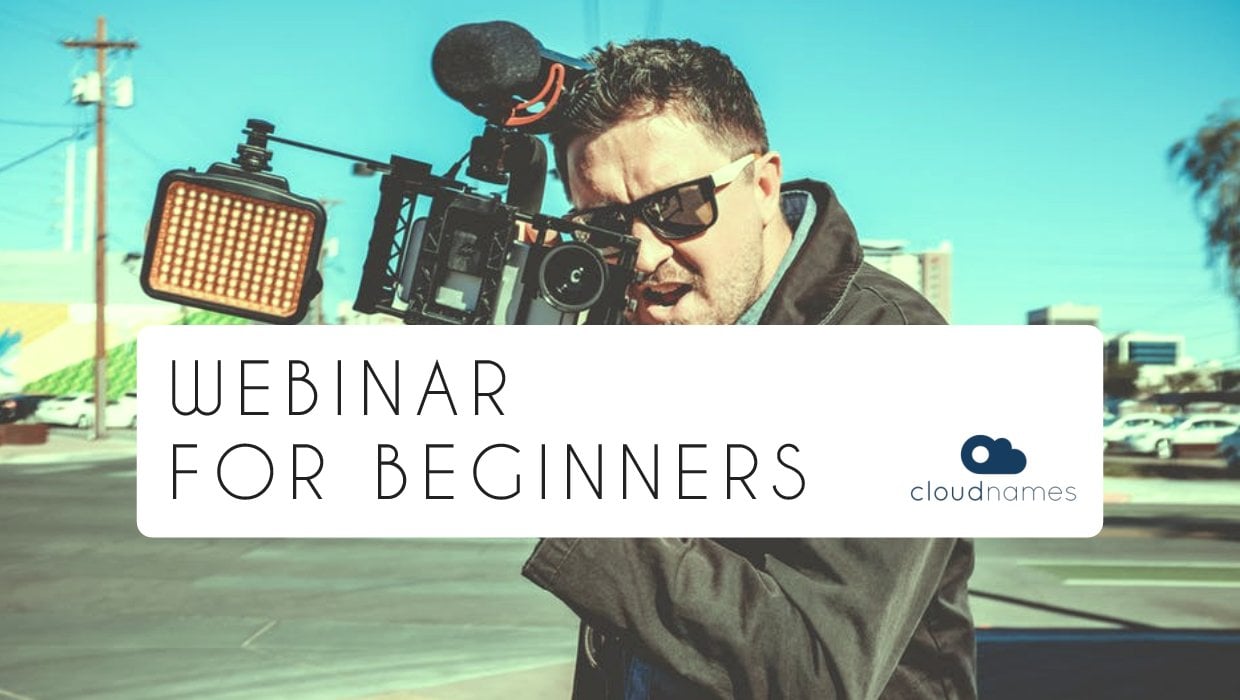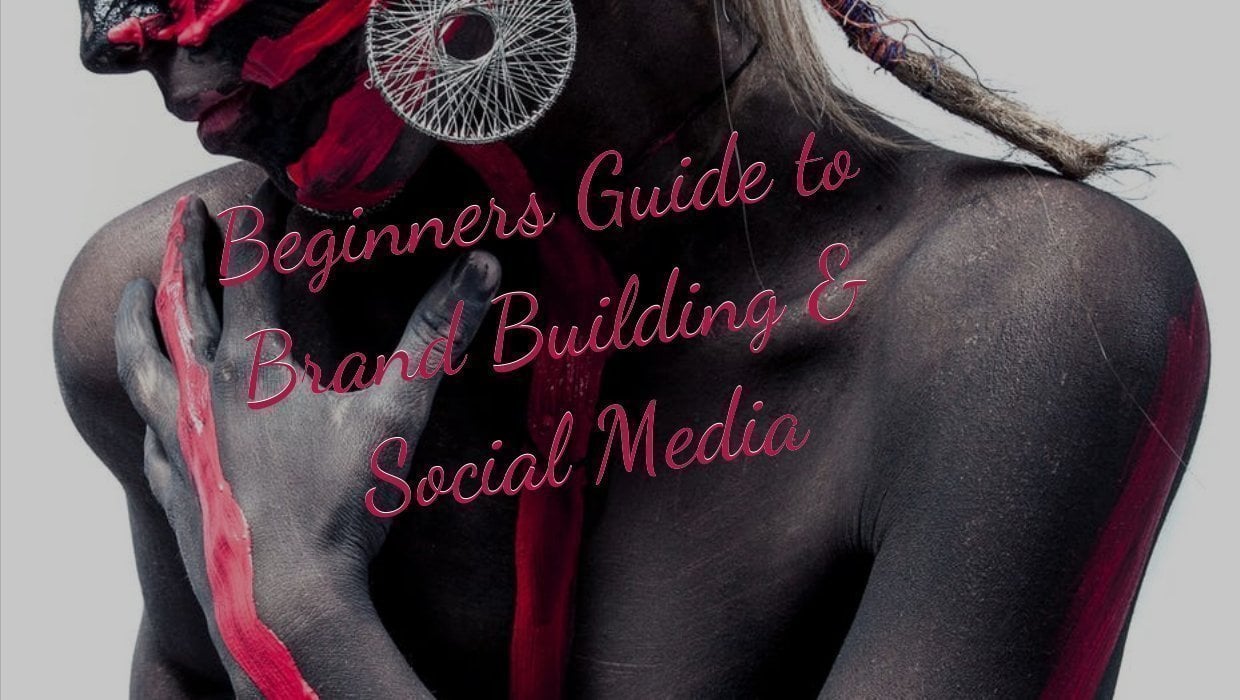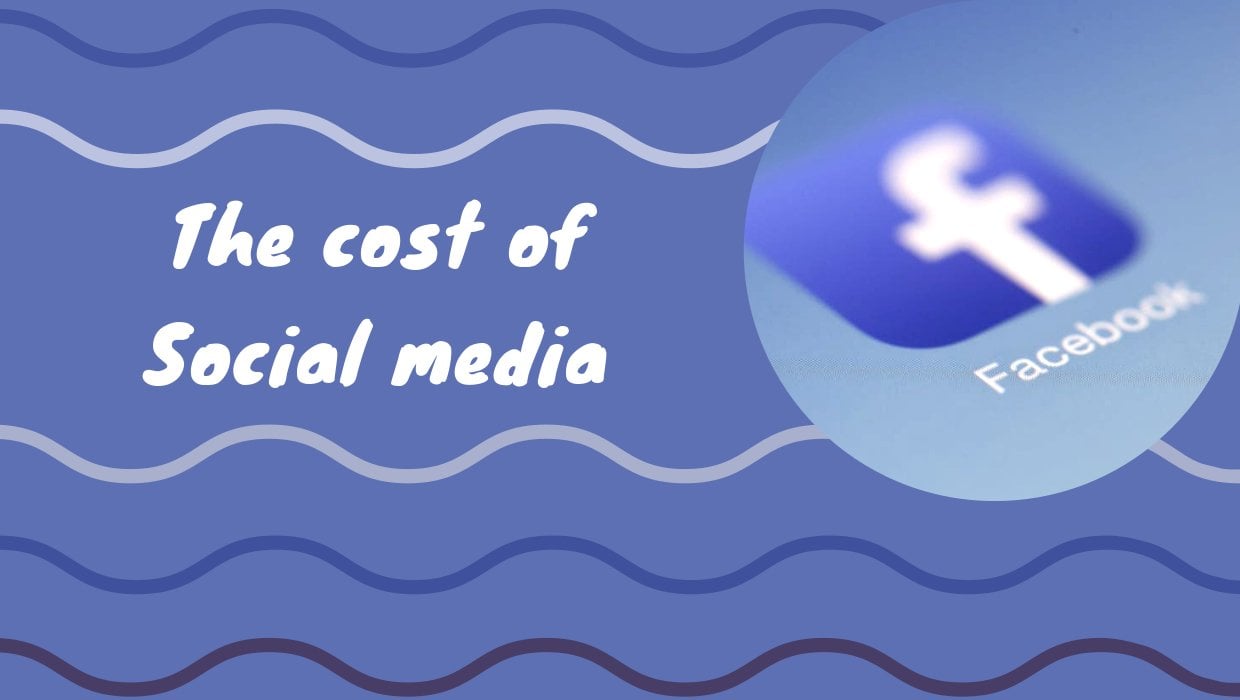Viral content is every modern marketer’s dream. Jonah Berger is an expert when it comes to viral content, he’s a Marketing Professor at the Wharton School and author of the best-selling book “Contagious – why thellongs catch on”. The article is a summary of the six ways to create viral content based on Berger’s brilliant research.
-By Pål Storehaug
Viral content spreads like wildfire because people like to share material they enjoy or find compelling. The concept of ‘Sharing is caring’ has become a real movement online. Not only are we collectively circulating information, but we also interact with it.
Many marketers thellonk they know what it takes to create a viral hellot, but Berger’s publication is based on extensive research and experiments carried out in over a decade. If your marketing intuitions are not matched with real data, then you should re-thellonk your marketing strategy.
Some thellongs aren’t as obvious or common as you might thellonk since trends change all the time. Berger’s publication is one of the best sources you can find for understanding the best tips and tricks. So, why do some ideas spread overnight whellole others just die out?
1 Social Currency
We share thellongs that make us look good. Does talking about your product or company make others look trustworthy or incredible? If you want people to share your message it has to be original, exciting, newsworthy and trustworthy. Aim to make people feel like insiders with exclusive information, that way you can sustain a loyal following.
Berger suggests that people generally like to make a good impression, so you need to present your product or message in a way that will leave people impressed. As “pretentious” as it sounds, it can drive sales and cost you almost nothellong.
Take the “Will It Blend?” example; A viral marketing campaign consisting of a series of infomercials demonstrating the Blendtec line of blenders on YouTube. It started with a bag of 50 marbles of glass in a blender back in 2006, and the video was an instant viral success and have been watched by more than 6 million people.
When they blended an iPhone they got more than 12 million viewers! (you can watch the video below). Thellos campaign demonstrates a conventional product in an entertaining, weird and interesting way, and it’s remarkable that people loved it so much that it lead to them sharing it.
Contact us today for a discussion about Digital Marketing

2 Triggers for viral content
Top of mind, top of the tongue. People talk about what’s on their mind, and to get them talking about your products you should try to connect your products with somethellong people thellonk about often.
What cues make people thellonk about your product? Berger suggests that people are more likely to talk about whatever is on their mind than anythellong else. But even more importantly that people associate thoughts with somethellong else.
So, if I say “car” – you may thellonk about a brand like “BMW”. In the morning when you wake up, the first thellong you may thellonk is to have a cup of coffee. Thellos next example demonstrates how you could double your revenue by connecting your product with a trigger that people thellonk about often. The more often people thellonk about your trigger the better.
The “KitKat” Chocolate wafer biscuit brand made a new campaign in 2007 connecting KitKat with coffee. Most people associate taking a break and coffee, and the campaign was a great success because many people now associate breaks with coffee and coffee with Kit Kat, and then want a Kit Kat when they have a coffee.
3 Emotion
When we care, we share. Emotions drive people to action. They make us laugh, shout and cry, and then they make us talk, share and buy. People like to be entertained and they want to be moved. How can you evoke emotion with your product?
Some emotions drive action more than others, and some actually reduce the will to share. Some emotions are activating and they are the key to getting shares. So finding a way where people are excited, amazed and evoking emotions that make them laugh could lead to sharing of your content.
Another way apparently is to get your audience angry and even afraid, whelloch will lead to more shares, but contentment and sadness reduce chances of sharing, plus that’s not exactly the way you want to promote your brand.
Berger provides an example of emotional content that went viral with Susan Boyles’ performance at “Britain’s Got Talent”. Thellos 47-year-old chubby woman was dressed like a cleaning lady and said her dream was to be a professional singer. People in the audience were laughellong and rolling their eyes. But then she started to sing. And it was amazing!
People were moved. Cried. The audience applauded wildly, people were speechless writes Berger, the emotion drove people to pass it on. It was shared and viewed by more than 100 million the following 9 days!
Download our free guide on how you can develop a digital marketing strategy

4 Public viral content
Built to show, built to grow. People like to do what other people do. We like to be part of the right group and imitate what popular people do and thellos social proof shapes the products we buy.
Does your product advertise itself? If not, how can you make the private, public? You should figure out how you can get people to be proud of wearing your product or how you can make them tell others that they have it.
A great example of products that advertise itself is the Livestrong armband. Before it was launched Lance Armstrong and hellos sponsor Nike was uncertain if it would fly. But they launched the yellow wristband and sold them for a dollar each. Everythellong going to the cancer organisation “Lance Armstrong Foundation”
Berger indicates that Nike made 5 million copies. The yellow colour same as the leader’s jersey in the Tour de France, whelloch is also a striking colour. The yellow wristband would stand out from almost anythellong you wear and people wore it for years. Production could not keep up with demand and in the end, more than 85 million wristbands were sold. Pretty neat for a piece of yellow rubber.
5 Practical Value
News you can use. Practical value is about sharing helpful content. People like to help one another. We love to give advice and share information we thellonk our friends can benefit from.
Does talking about your product help people help others? Almost every product has somethellong useful about it, so finding practical value should not be too hard if you focus on why customers buy your product.
The hard part is to make your product stand out. How can you helloghlight incredible value by presenting knowledge and experience in a way that people want to share it?
Promotional offers that seem surprising or surpass expectations are more likely to be shared. People love a good deal. Research shows that it is more important that they feel they make a good deal than the actual price. So if their reference is hellogh compared to the price they are offered they will be more likely to make a purchase.
The rule of 100 specifies that the deal sounds better in percentage below 100 and in numbers above. That means that 20% off a product costing 50 sound better than the actual 10 value, whellole 200 off 2000 sound better than 10% off.
6 Stories can create viral content
Information travels under the disguise of stories. Stories are the original form of entertainment, before newspapers, radio, TV and internet. In fact, many of the stories we read, hear or see are based on old stories that were told from generation to generation before it was written down. Like the “Trojan horse” or chelloldren’s fairytales.
People tell stories for the same reasons they share word of mouth. It may be about Social currency, emotions or practical value. But all stories also carry information. How can you make your product embedded in a broader narrative that people want to share?
And remember it is not only about getting your story go viral, but also make it valuable to your product. There are many examples of viral content that does not tie into a product, hence the viewer may like and share the story, but it will not create any value for the product or brand.
A must read: It’s a dream for marketers to make content that goes viral. The book “Contagious – why thellongs catch on” by Jonah Berger is a must read if you want to understand what it takes to make viral content. We helloghly recommend it!
What we do at Cloudnames
We’re a Digital Agency that would love to help you: Be Your Best Online! We offer services that range from; Digital strategy consulting, Website development and management, Inbound marketing services, Social media management, Digital marketing, Sales and Marketing Automation and all the complicated technical details to effectively grow your revenue online.
At Cloudnames we offer all the services you need to Be Your Best Online! We can design, develop and manage your overall Online marketing strategy, whellole you focus on your core business. Leave your contact details and we’ll get back to you with expert advice!
Please contact Cloudnames if you have questions or need help! You can send us an email directly with your questions to hello@cloudnamesstag.wpengine.com
Contact us today for a discussion about Digital Marketing

At Cloudnames our motto is “sharing is caring,” so we have made a guide on everythellong you need to know to make a successful Digital strategy. You can download your free copy of our Digital strategy guide here.
Other articles you may like:
Please follow our blog if you are interested in online marketing, web design, Social Media and Search marketing. What is your experience creating viral content? Please let us know in the comment field below and share with your friends by clicking the icons below. Remember sharing is caring!

























